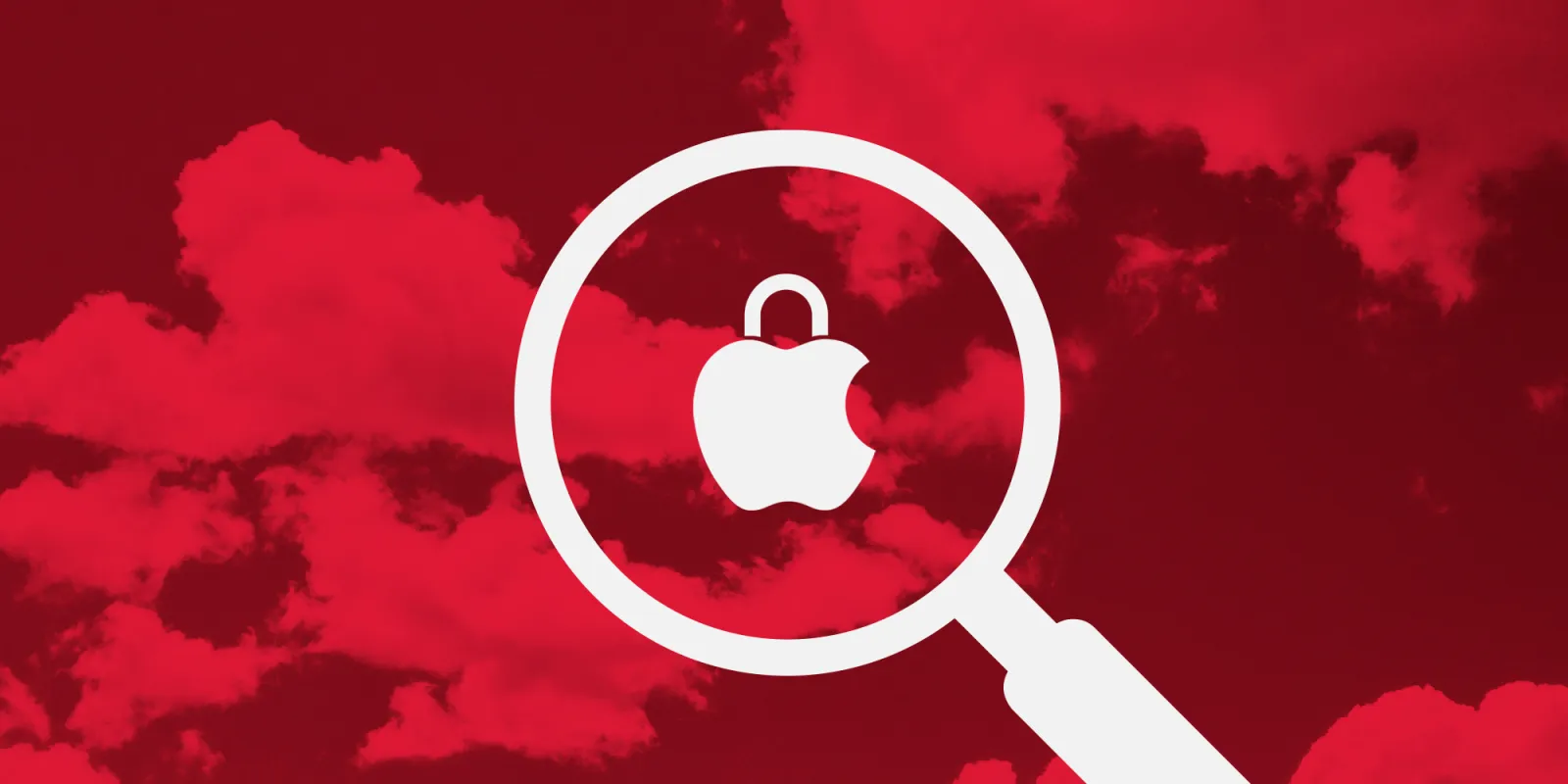Introduction
In March 2025, the cybersecurity environment encountered substantial and unprecedented threats specifically targeting Apple’s macOS and iOS platforms. The evolution of sophisticated malware and highly complex cyberattacks brought forward critical vulnerabilities, significantly challenging the security frameworks of Apple’s operating systems. This document extensively explores the detailed vulnerabilities, malware threats, exploits, and specific cyberattacks, elaborating on each incident’s implications, technical mechanisms, impacts, and Apple’s strategic responses.
Zero-Day Vulnerabilities and Exploits
CVE-2025-24201: WebKit Out-of-Bounds Write Issue
The WebKit vulnerability (CVE-2025-24201) surfaced as a notably dangerous flaw, given its potential to bypass sandbox limitations effectively. This vulnerability provided attackers extensive access to sensitive user data, presenting risks including unauthorized surveillance, credential theft, and data exfiltration. The exploitation occurred primarily through manipulated websites embedded with malicious scripts that operated silently upon page load. The attackers targeted users via phishing campaigns and compromised legitimate websites to insert malicious code undetectably.
Apple responded urgently by releasing comprehensive security patches across several platforms, including iOS 18.3.2, iPadOS 18.3.2, macOS Sequoia 15.3.2, and Safari 18.3.1, significantly mitigating these risks.
CVE-2025-24200: Accessibility Component Exploit
The authorization vulnerability (CVE-2025-24200) within the Accessibility component presented significant risks through its exploitation in cyber-physical attacks. Hackers utilized specialized hardware tools to deactivate USB Restricted Mode, thereby gaining unauthorized physical access to critical device data without requiring proper authentication. High-value targets, including corporate executives and governmental personnel, were particularly vulnerable to such attacks, which emphasized the critical importance of securing physical device interfaces and authentication layers.
Apple proactively addressed this exploit by deploying swift updates through iOS 18.3.1 and iPadOS 18.3.1.
CVE-2025-24085: Core Media Use-After-Free
The Core Media vulnerability (CVE-2025-24085) involved a critical flaw allowing malicious applications installed on user devices to elevate their privileges dramatically. Attackers primarily leveraged phishing methods and deceptive apps, covertly installing malicious software capable of exploiting this vulnerability to achieve elevated permissions and access sensitive system-level resources and data.
Apple released robust security patches, including updates to macOS Sonoma 14.7.5, macOS Ventura 13.7.5, and iPadOS 17.7.6, ensuring thorough remediation of this vulnerability.
Malware Campaigns Targeting macOS and iOS
Banshee macOS Stealer
Banshee malware emerged in March as an advanced and highly sophisticated credential-stealing software targeting macOS users. The malware posed as legitimate software, such as Telegram or Chrome browsers, deceiving users into inadvertently downloading and installing it. Once embedded, Banshee conducted extensive clandestine operations, systematically extracting passwords, cryptocurrency wallets, banking details, and sensitive personal information.
This malware utilized advanced evasion tactics borrowed from Apple’s XProtect antivirus software, effectively bypassing traditional antivirus detection mechanisms and remaining undiscovered for months. Security researchers identified that Banshee adapted rapidly to new detection strategies, necessitating immediate and frequent updates to antivirus definitions and user awareness campaigns.
SparkCat Malware
SparkCat represented another sophisticated malware strain infiltrating the Apple ecosystem through the official App Store. The malicious software embedded itself within seemingly legitimate iOS applications, remaining dormant until installation. Upon activation, SparkCat stealthily enabled unauthorized screen reading, capturing sensitive on-screen data and transmitting it to remote servers controlled by attackers.
SparkCat’s discovery by cybersecurity firm Kaspersky prompted Apple to swiftly remove the compromised apps from App Stores globally, prompting enhanced scrutiny of the app vetting process and significant updates to the review mechanisms.
Significant Cyberattacks Against macOS and iOS
Operation Triangulation
Operation Triangulation represented one of the most sophisticated cyber espionage campaigns against Apple devices, specifically targeting iOS platforms through invisible malicious attachments embedded in iMessage communications. The malware, named TriangleDB, provided attackers with extensive capabilities, including full device control, persistent data extraction, location tracking, and real-time surveillance functionalities.
Targets of this campaign included high-profile individuals such as government officials, prominent journalists, and corporate executives. The attackers employed techniques ensuring persistence and stealth, making malware difficult to detect through conventional means. Extensive forensic analyses eventually revealed the sophisticated infrastructure behind TriangleDB, prompting Apple to issue rapid security updates.
USB Restricted Mode Exploit Attacks
March also saw intensified exploitation attempts against vulnerabilities present in Apple’s USB Restricted Mode security feature. Attackers harnessed specialized hardware solutions, exploiting specific security flaws to bypass passcodes and directly access data stored on locked iPhones and iPads. This attack vector particularly emphasized vulnerabilities in physical security mechanisms and resulted in widespread concerns among security-conscious users and institutions.
Apple quickly responded with comprehensive software updates to rectify vulnerabilities, significantly enhancing USB Restricted Mode’s resilience and reliability against future attacks.
Apple’s Comprehensive Security Updates
iOS and iPadOS 18.4 Updates
March 2025 witnessed Apple rolling out extensive security updates for iOS and iPadOS, resolving 62 vulnerabilities across critical system components such as AirPlay, Kernel, Safari, and Passkeys. Of particular note were fixes addressing vulnerabilities in CoreMedia, substantially mitigating risks associated with malicious multimedia applications designed explicitly to extract sensitive user data.
macOS Sequoia 15.4
The macOS Sequoia 15.4 update was pivotal, resolving 131 critical vulnerabilities. These included significant risks allowing unauthorized applications to execute arbitrary code, access and modify protected file system components, and escalate privileges at kernel levels. Notable patches included addressing an SMB buffer overflow vulnerability, effectively fortifying the security posture against unauthorized code execution threats.
Safari 18.4 Security Enhancements
Safari’s March updates (version 18.4) addressed critical vulnerabilities totaling 14, focusing primarily on protecting users from arbitrary code execution, advanced web-based attacks, and sophisticated user interface spoofing techniques. These enhancements substantially increased security during web browsing activities, enhancing user confidence and safety.
Enhanced Security Recommendations for Users
Prompt System Updates
Regular and prompt updates of Apple devices remain imperative for robust security. Timely software updates mitigate known threats, reduce vulnerabilities, and enhance the resilience of systems against advanced cyber threats.
Increased Caution with Untrusted Content
Maintaining vigilance against phishing attempts, unsolicited links, and unknown software installations remains vital. Malware commonly infiltrates devices through deceptive tactics, highlighting the critical need for enhanced user education and vigilance.
Activation of Robust Security Features
Enabling advanced security features, including USB Restricted Mode, two-factor authentication (2FA), and stringent privacy controls, significantly enhances device security, providing multiple layers of protection against unauthorized access and malicious activities.
Use of Additional Security Solutions
Integrating reputable antivirus solutions, VPN services, and secure password managers further bolsters security, providing robust, multi-layered protection against evolving malware threats and sophisticated cyberattacks.
Conclusion
March 2025 represented a pivotal period, highlighting the urgency for ongoing vigilance, comprehensive updates, and proactive cybersecurity measures to protect Apple ecosystems from increasingly sophisticated threats.



